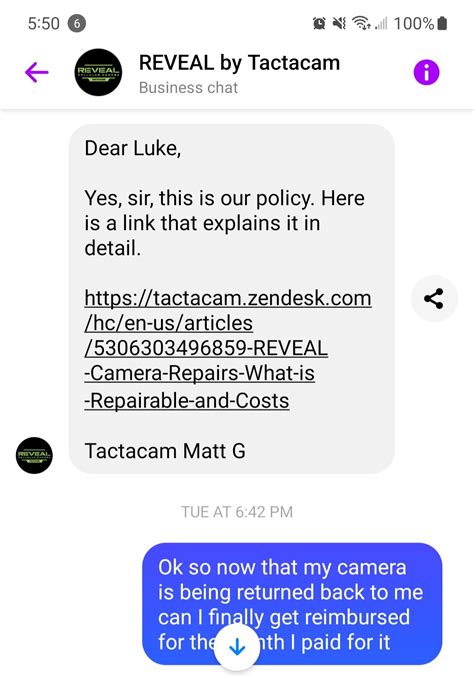Democracy Ab Technology Jeans

As the world becomes increasingly interconnected, the concept of democracy is evolving to incorporate new technologies and innovative approaches. One such approach is the integration of blockchain technology into democratic systems, enabling secure, transparent, and tamper-proof voting processes. Similarly, in the fashion industry, technology is being used to create innovative and sustainable clothing, such as jeans made from recycled materials or produced using environmentally friendly methods. However, the phrase "Democracy Ab Technology Jeans" seems to conflate these two distinct concepts, suggesting a fascinating intersection of politics, technology, and fashion.
Key Points
- The integration of technology into democratic systems aims to enhance transparency, security, and participation.
- Innovative textile technologies are revolutionizing the fashion industry, making it more sustainable and environmentally conscious.
- The concept of democracy is not directly related to the production or design of jeans, but both areas are influenced by technological advancements.
- Blockchain technology has the potential to transform various aspects of society, including voting systems and supply chain management in the fashion industry.
- Sustainable fashion and democratic technologies share a common goal: to create a more equitable and transparent world, whether in the political sphere or in consumer goods.
Democratization of Technology

The term “Democracy Ab Technology” could imply the democratization of technology, making it more accessible and usable by the general population. This concept is crucial in the context of blockchain and voting systems, where the aim is to empower citizens by providing them with secure and transparent means of participation in democratic processes. The use of blockchain in elections, for instance, could potentially increase voter turnout and trust in the electoral system by ensuring the integrity and anonymity of votes.
Blockchain and Voting Systems
Blockchain technology offers a promising solution for enhancing the security and transparency of voting systems. By utilizing blockchain, votes can be recorded in a decentralized and immutable ledger, reducing the risk of tampering and ensuring the accuracy of election results. This technology also enables end-to-end verifiability, allowing voters to confirm that their votes were recorded correctly. However, the successful implementation of blockchain-based voting systems requires careful consideration of scalability, usability, and regulatory frameworks.
| Aspect of Voting Systems | How Blockchain Improves It |
|---|---|
| Security | Immutable and tamper-proof ledger |
| Transparency | Real-time tracking of votes |
| Scalability | Potential for high-volume transaction processing |
| Usability | User-friendly interfaces for voting and verification |

Sustainable Fashion and Technology

In the context of fashion, technology is being leveraged to create more sustainable and environmentally friendly products. The production of jeans, for example, is a resource-intensive process that involves significant water and energy consumption. Technological innovations such as laser finishing, which reduces water usage, and the development of sustainable materials like recycled cotton or plant-based fabrics, are transforming the industry. Moreover, blockchain technology can be used in supply chain management to ensure transparency and accountability, enabling consumers to make informed choices about the environmental and social impact of their purchases.
Innovations in Textile Technology
The textile industry is witnessing a surge in innovations aimed at reducing its environmental footprint. From the use of biodegradable materials to the implementation of circular economy models, technology is playing a pivotal role in making fashion more sustainable. For instance, technologies that enable the recycling of textiles can significantly reduce waste and the demand for new, resource-intensive materials. Additionally, digital printing technologies can minimize water and chemical usage in the dyeing and finishing processes.
As both democratic technologies and sustainable fashion continue to evolve, their paths may intersect in meaningful ways. For example, blockchain technology could be used not only to secure voting systems but also to track the origin and movement of sustainable materials in the fashion industry, promoting transparency and accountability. Similarly, the principles of democracy, such as participation and equality, could inspire new business models in fashion that prioritize fairness and environmental stewardship.
How can blockchain technology enhance democratic processes?
+Blockchain technology can enhance democratic processes by providing a secure, transparent, and tamper-proof means of voting. It ensures the integrity of votes, allows for end-to-end verifiability, and can increase voter trust and participation.
What role does technology play in sustainable fashion?
+Technology plays a crucial role in sustainable fashion by enabling the development of sustainable materials, reducing waste through recycling and upcycling, and promoting transparency and accountability in supply chains through blockchain and other digital tools.
Can the principles of democracy influence business models in the fashion industry?
+Yes, the principles of democracy, such as participation, equality, and transparency, can inspire more equitable and sustainable business models in the fashion industry. These models could prioritize fair labor practices, environmental stewardship, and consumer involvement in decision-making processes.
In conclusion, while “Democracy Ab Technology Jeans” may seem like an unusual combination of terms, it highlights the interconnected nature of technological innovation, democratic values, and sustainable practices. As society continues to navigate the complexities of the digital age, the integration of technology into democratic systems and the fashion industry will remain critical areas of development, each with the potential to create a more transparent, equitable, and sustainable world.



